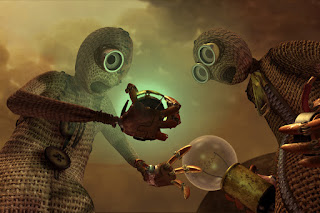Genre Research - Drama
The drama genre focuses on romanticism and the development of realistic characters. There are four main types of dramas: comedy, tragedy, tragicomedy, and melodrama. This gives a film director a lot of freedom and variation to implement different aspects of other genres. The main purpose of a drama is to pull at the audience's heartstrings and show a storyline with major character development. The themes within these films normally include social issues, racial or religious prejudice, heartbreak, crime, etc. This is developed through many different elements. First off, the lighting used in dramas is normally very soft and warm. This makes the film feel dreamy and ethereal. The color scheme normally ties into this as well, as warmer and brighter colors are often used. The camera angles and movements utilize a lot of close-up shots and zoom-ins. This allows the audience to get a feel for the character's raw emotion as if the audience is looking at the character's faces themselves. Sound-wise, there is mainly dialogue, with background music being soft and classical. The scenes themselves are more emotionally dramatic and less action-packed in comparison with thrillers and horrors. The characters normally have very minimal makeup, and light, casual, and airy clothing. Nothing in these films are supposed to take away from the plotline and emotion of the characters. The editing techniques used are very specific, as the editors must ensure that the drama and emotion are built up effectively. By lengthening cut times, the audience gets to see more of what happens in a scene. This tactic also helps to build tension in some scenarios. I like dramas because they offer a lot of freedom when mixing dramas. In my situation, combining drama with tragedy is likely the best way to develop my plotline. Some examples of dramas include "Titanic," or "Romeo and Juliet."



Comments
Post a Comment